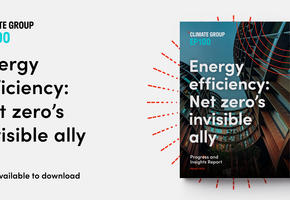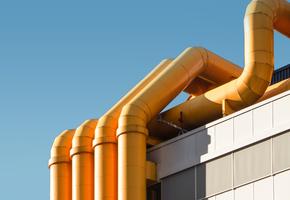
Overview
40% of global greenhouse gas (GHG) emissions come from buildings and, if left unchecked, they're set to double by 2050. Energy efficiency has a vital role to play in lowering energy demand, reducing emissions and driving the clean energy transition.
Our work on the built environment
Every single net zero conversation must begin with energy efficiency
EP100 is a global corporate energy efficiency initiative bringing together over 120 ambitious businesses committed to measuring and reporting on efficiency improvements.
Europe needs a renovation revolution
Increased deep renovation rates are key to saving energy, cutting emissions and meeting Europe’s climate goals. Climate Group's Renovation Revolution project brings together companies, sub-national governments and environmental sector NGOs to research and share findings on driving up deep renovation rates in Europe's commercial and public buildings.
Calling for LED city lighting by 2025
LED Scale-up is a global initiative calling on policymakers to switch to energy efficient light-emitting diode (LED) technology for all city street lighting by 2025 and define long-term strategies to encourage its uptake worldwide, including by utilities.
LED Scale-Up is led by the Climate Group in partnership with Signify (formerly Philips Lighting).
Built environment stats
Of buildings' share of global energy demand
Buildings account for as much as a third of energy consumption worldwide. Better energy efficiency can do a lot to lower their impact. Source: International Energy Agency (IEA)
Potential energy savings from improving chillers
Cooling is the fastest growing consumer of energy in buildings. Optimising the operation of chiller plants can lower energy consumption by 20-50%. Source: General Services Administration (GSA)


